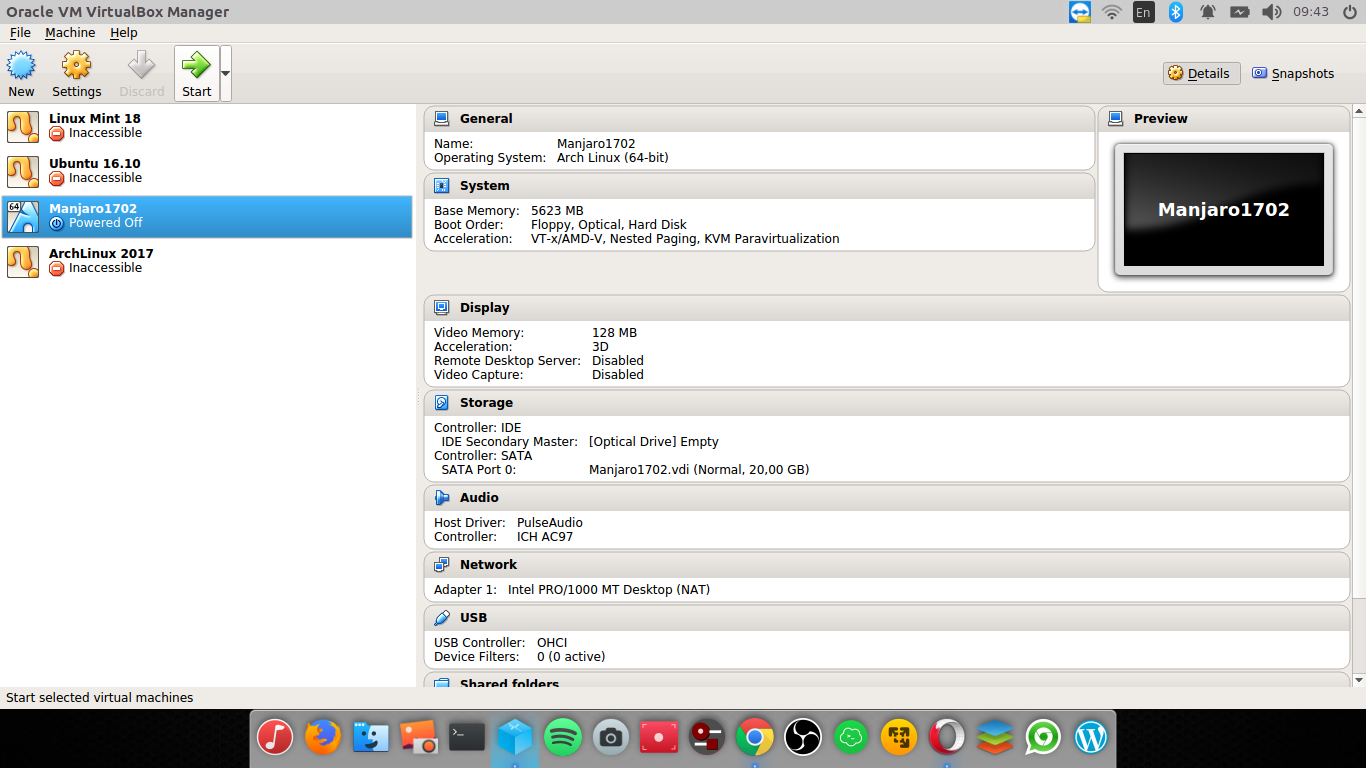
Pacman -S os-prober - if you have multiple OS's on the pc this is good to have Grub-install -target=x86_64-efi -efi-directory=/boot (for user to be root we need to edit some confs) Boot loader Useradd -g users -G wheel,storage,power -m username If you are using different get tha name of it and change it.

Systemctl enable start eth0 is the network interface. Write some name and than :wqġ27.0.0.1 *hostname*.localdomain *hostname Vim /etc/hostname - Creating hostname ( Name of your computer ). Vi /etc/locale.gen - Uncoment en_US.UTF-8 UTF-8Įcho "LANG=en_US.UTF-8" > /etc/nf Ln -sf /usr/share/zoneinfo/Region/City /etc/localtime Genfstab -U /mnt > /mnt/etc/fstab - generating file with mounting points Pacstrap /mnt base base-devel linux linux-firmware vim :wq - this will write changes to file and it will close the document Installing the system:

Go to the top of your document again and paste wit Country - search ( most likley first letter should be capital or it will say that it did not find it ) In command mode go to line to your closest region server NOTE: Read how to work with vi or vim editor. mount /dev/sda1 /mnt/boot- Mounting UEFI partition to /mtn/bootĭf or lsblk or findmnt or mount - Choose one or two commands to check :).mkdir /mnt/boot - creating boot directory inside mount point.You can check with lsblk and fdisk -l to be complettely shure Creatinf file systems/Formating partitions If everything is cool press w to write changes At the end it will look like EFI (FAT-12/16/32) ef EFI (FAT-12/16/ - NOTE: may be you will not see but there is 32 also.Press m, than hit enter/return - Help Making boot drive: Note: If you are thinking to do this on your main machine, not on your virtual one read more about what /dev/sda, /dev/sdb, /dev/sdc. They are many tools that can do the same job allredy preunstalled To start creating partitions we will use frisk tool. If you do not see any output or your folder is empty, something is wrong. On the Motherboard tab check the Enable EFI (special OSes only)Ĭhoose Arch Linux archiso x86_64 UEFI USB from the menu that pop up, or select the machine with left mouse button and at the top of the VBox Manager choose Orange gear Settings I do not know difference between the typed and i choose the default optionĪgain i do not know what options do and use default oneīefore startint virtual machine press right mouse button on the VM you just created and choose Settings. Whell we create a new instalatiion and we do not have other VMs so we choose On verison choose Arch 32 or 64 it depends on your processorĬhoose amount of ram. In this tutorial im using VBox 6.0.10 with Arch linux 2019.10.01 isoĬhoose folder where you want your vm to be

How to install UEFI Arch Linux on VirtualBox VM

Install Arch Linux UEFI Mode on VirtualBox with SWAP Partition


 0 kommentar(er)
0 kommentar(er)
